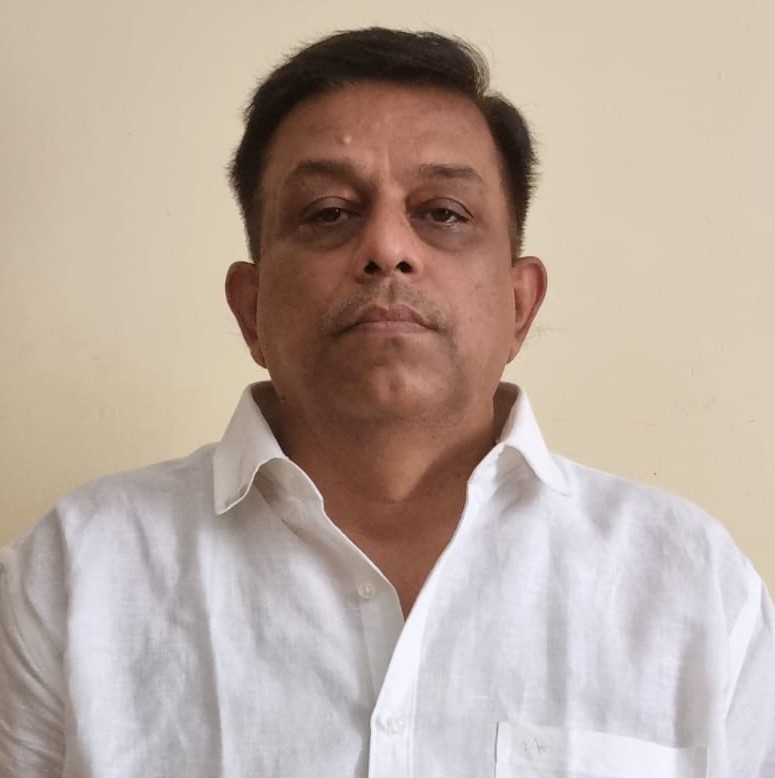Another 26 / 11 Averted in Bangladesh
The ripple effect created by the arrest of David Headley and Tahawwur Rana reached Bangladesh when the police there arrested a number of Lashkar-e-Taiba (LeT) operatives on the basis of information provided by them. Though these arrests have helped avert another 26/11 kind of attack against Indian and the US interests, this time in Bangladesh, it has also brought to fore the extensive LeT network that exists in the sub-continent.
David Coleman Headley, also known as Dawood Sayed Gilani, a Pakistan-origin US national, was arrested in the United States in October 2009 by the Federal Bureau of Investigation’s Joint Terrorism Task Force at O’Hare International Airport while en route to Pakistan. He was held for plotting terror attacks on behalf of the LeT against India and on charges of plotting a terror attack against the facilities and employees of the Danish newspaper which had published cartoons of the Prophet Mohammed in 2005. Tahawwur Hussain Rana is a Canadian citizen of Pakistani origin. Alleged to be Headley’s accomplice, he has also been named in the case of the now foiled terror attacks plotted by the Lashkar-e-Taiba. Subsequently, another Pakistani national, Abdur Rahman Sayeed, linked to LeT, was arrested in Pakistan in the first week of November.
The three had ordered LeT men in Bangladesh to attack the US and Indian embassies. On the basis of leads provided by US agencies, detectives in Bangladesh foiled the plot. In the process they arrested Mufti Harun Izahar and his two associates from a madrasa in Chittagong. Mufti Harun Izahar is the son of Islami Oikya Jote (IOJ) leader Mufti Izaharul Islam Chowdhury. Harun had been in regular contact with the two LeT operatives detained in the United States and the one held in Pakistan.
While tracking Harun’s cellphone call list, the sleuths of the detective branch came to know that a Pakistani national by the name of Azmol was leading Pakistani LeT terrorists in Bangladesh. It is however believed now that Azmol and two other Pakistani militants have already fled Bangladesh. But police managed to arrest three other Pakistani nationals — Mohammad Monwar, Mohammad Ashraf Ali Zahid and Syed Abdul Kaiyum alias Sufian – who are allegedly linked with LeT.
Bangladesh police later arrested another local LeT operative, a Bangladeshi national Abu Motaleb alias Matu alias Majnu, from Dhaka. Motaleb is an Afghan war veteran and was in charge of co-ordinating the foiled attacks on the US and Indian missions. He has also been in close contact with both Harkatul Jihad al Islami (HuJI) and LeT. He had participated in a meeting that was held in Rajshahi before the terror attacks were carried out in the Indian cities of Hyderabad and Bangalore.
On the Indian side of the border, Indian police were also able to make some arrests. On November 6, 2009 police arrested two top LeT terrorists – T. Nasir and Sharfaraz of Kerala — soon after they crossed the Bibir Bazar border in Comilla. They were in Bangladesh to participate in the 15-member commando squad which was tasked to attack the US and Indian missions in Dhaka on November 26, 2009. The two LeT operatives were earlier hiding in the hilly areas of Chittagong for around one and a half months and trying to collect explosives from the Rohingya rebels for the attack. Funds for launching the attacks on the US Embassy and Indian High Commission were reportedly provided by LeT leaders in Pakistan.
Along with these arrests, Indian intelligence officials managed to neutralize a top Jamaatul Mujahideen Bangladesh (JMB) leader with the help of their Bangladeshi counterparts. Due to increased police pressure in Bangladesh, Moulana Saidur Rahaman, chief (aamir) of the JMB, had sneaked into India. Rahaman and his son Abu Talha Muhammad Fahim alias Bashar narrowly escaped a Rapid Action Battalion (RAB) raid on a hideout in Sabujganj near Dhaka on November 1. However, in this raid, his wife and a couple of others were arrested. The documents and SIM cards seized by RAB officials revealed his network across Bangladesh and his links with Indian northeast insurgent outfits. JMB is believed to be the mentor of Indian northeast insurgents and Islamist terror masterminds who have been in Bangladesh for years.
It is believed that Rahaman played a crucial role in jihadist activities in Bangladesh and that his organisation worked in tandem with the Bangladesh chapters of LeT and HuJI which have been responsible for several terror attacks in India. On the instructions of their Pakistani handlers, Rahaman and his brigade arranged for the training and shelter of LeT and HuJI operatives. Most Indian northeast militant leaders, including the top rung of ULFA, were allegedly under Rahaman’s shelter, and their cadres were trained by JMB instructors.
The series of arrests in Bangladesh, India, Pakistan and the United States have clearly proved that LeT has become a global terror outfit and that its network is especially strong in South Asia. This time Bangladesh promptly acted on information provided by US agencies, which possibly helped avert several terror attacks. Such prompt action augurs well for the counter-terror efforts in South Asia. It indicates that at present Bangladesh is serious about cracking down on terror. However, it would be premature to say that elements which used to support terror have been completely eliminated. There is no doubt that they have been weakened by the major political change which took place in the country with the coming to power of Sheikh Hasina. At the same time, the Bangladesh Army under the leadership of General Moeen has also embarked on the mission of transforming the force into a professional army, which has brought further pressure to bear on elements that support terror in the country. This is again a positive development that is bound to strengthen democracy in Bangladesh.




